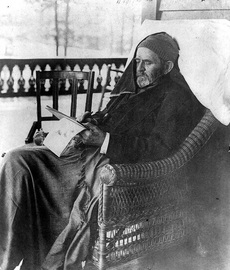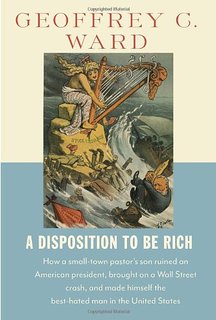
It was the fateful spring day of May 6, 1884 when General Ulysses S. Grant’s son stopped in at the office of Grant & Ward to greet his father with the words, “Father, you had better go home; the firm has failed.”
Four years earlier, in 1880, General Grant’s son, Ulysses Jr., had opened a Wall Street brokerage house with business partner Ferdinand Ward. In that same year on September 23, Ward purchased 178 Columbia Heights for $40,000. Life was looking up for Ward, and he outfitted the home in what the New York Herald called “regal splendor.” The Brooklyn Daily Eagle described the house as, “one of the most elaborately and expensively furnished houses in Brooklyn. The parlors resemble the private room of a Turkish prince, with its costly divans, rugs and bear skins scattered as if carelessly around. Every inch of wall is covered with some work of art, twenty-seven paintings, large and small, being in the front room and almost as many in the back room, while bric a brac and articles of virtu are in every position about the room.”

This scandal alone would have given 178 Columbia Heights quite a history, but it was not an isolated incident. Not long after Ward’s loss of the home, a subsequent owner, Adrian Van Sinderen, misappropriated funds as a trustee of the estate of a wealthy merchant, William Lawrence. The money, which was to go to nieces and nephews, was stolen over a period of 18 years by Van Sinderen. In 1885, one of the heirs noticed some irregularities in Van Sinderen’s business methods and in 1891 he too was indicted on grand larceny charges. However, he did not suffer the same fate as the home’s previous occupant. As soon as he was indicted he disappeared and was later discovered in Berlin. At that time, the US did not have an agreement with Germany to extradite embezzlers, so he was free from fear of arrest. He later died in 1905 having never returned to the US.
While the discussion on February 16 concerning 178 Columbia Heights won’t be quite so controversial as past hearings, the home is no stranger to legal discussions.
 RSS Feed
RSS Feed